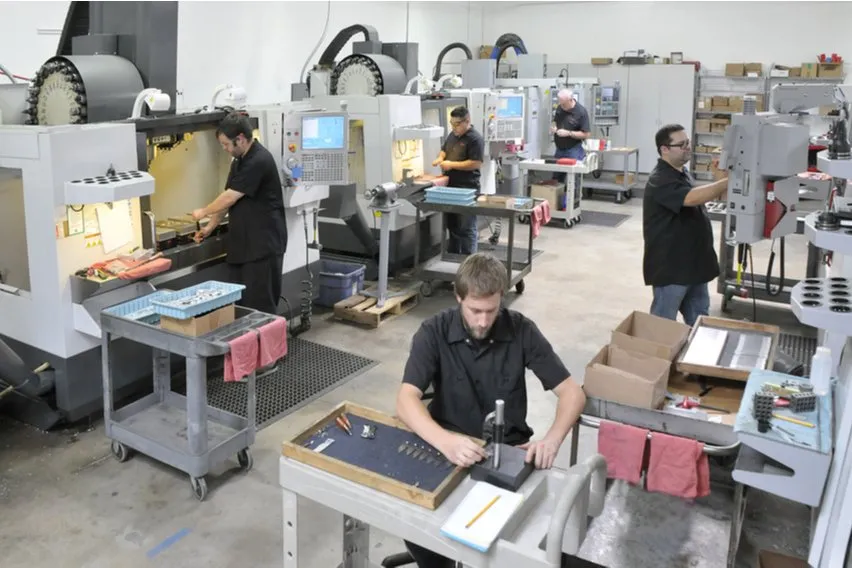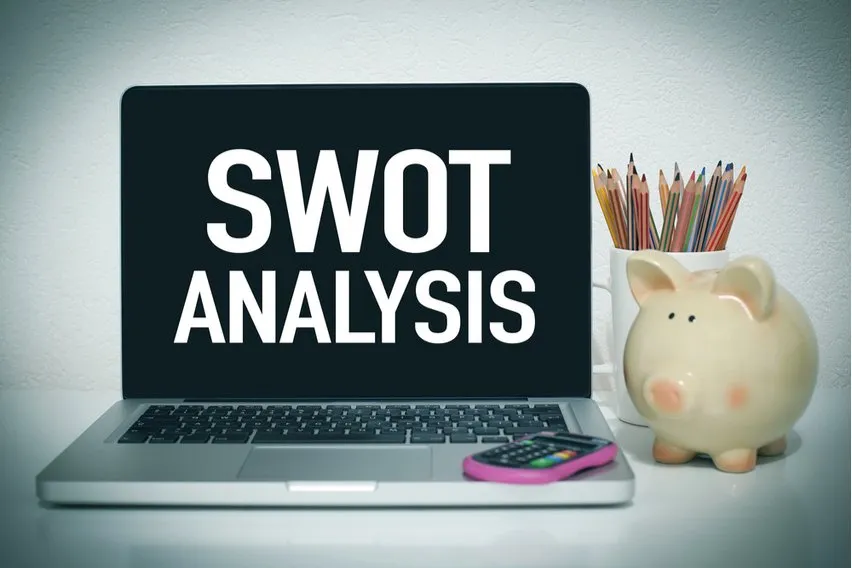What Are Intermediate Goods? An Extensive Guide & Examples

If you sell products to anybody, your business uses a wide variety of goods. Some of the most important are intermediate goods. These are often used in the creation of end products or services.
What if you’re not exactly sure what counts as an intermediate good? In that case, we’ve broken down intermediate goods in detail below. You’ll also find a thorough example of what an intermediate good is. This way, you’ll be up to identify what intermediate goods your business is dependent on.
Here’s What We’ll Cover:
How Do Intermediate Goods Work?
How Do Intermediate Goods Affect Your Business?
Examples of Intermediate Goods
Intermediate Goods Explained
In a nutshell, intermediate goods are any products that are used to create a finished product or end good. End goods are also called consumer goods. Meanwhile, intermediate goods are also called producer goods or intermediate inputs.
Intermediate goods are distinct from consumer goods and capital goods. Capital goods are products that assist in the creation of other goods but aren’t components or ingredients.

Here’s an example with the automotive industry:
- A capital good might be a factory machine used to make cars
- Intermediate goods include machine parts for those cars
- The domestic product or consumer goods are the finished cars
As you can imagine, intermediate goods significantly affect the production process and trade costs for all industries. But it’s important to know that some intermediate goods can also be finished products. For example, salt is an intermediate good. But salt can be consumed by itself or used in the creation of other foods.
How Do Intermediate Goods Work?
Intermediate goods are vital to production processes. Many industries sell producer goods to one another for resale or so that manufacturers can create other products.
Intermediate goods are used in one of three ways:
- By producers to be used for the production of end products
- By producers to sell to other producers
- By producers to sell to retailers as finished products, like salt
Regardless, all intermediate goods either end up as components in final products or are consumed themselves.
How Do Intermediate Goods Affect Your Business?
If your business produces anything, it needs intermediate goods to create its end products. But your business’s intermediate goods trade policies can affect your overall shipping budget.
For example, data from 2016 shows that the United States imports most of its intermediate goods. These goods come from countries like China, Canada, and Mexico. As a result, the United States can focus most of its manufacturing budget on producing end goods.
You can apply the same philosophy to your small business and its trading partners. Small business owners that import their intermediate goods can focus on producing finished goods. On the other hand, some small business owners mostly produce intermediate goods. They make most of their profits by selling goods to other businesses. These are called B2B or business-to-business companies.
You must take steps to secure your trade flows of intermediate goods if you import most of them. Imagine that your supplier of intermediate goods suddenly breaks its contract or the supply fails. In that case, you won’t be able to make your finished products.
This could spell disaster for your brand image and your profits. Many small businesses, depending on their industry, decide to create their own intermediate goods. Having control over your intermediate goods can stop you from experiencing supply chain strain. This is sometimes called “domestic production”.
Both strategies – importing or making your own intermediate goods – can work. But you should understand both strategies and their potential downsides before deciding on one or the other.

Examples of Intermediate Goods
Here’s an easy example to help you understand intermediate goods:
- A farmer grows tomatoes as his primary food products
- The farmer sells his crop of tomatoes to a tomato sauce manufacturing company
- The company purchases the tomatoes for $1000
- The company then makes tomato sauce using the tomatoes. They sell the tomato sauce to a restaurant for $1500 in a single batch
- The restaurant then sells the tomato sauce in their dishes (such as spaghetti)
At each stage of production, everyone makes a profit. The farmer makes a profit on the initial tomatoes. The tomato sauce manufacturing company makes a profit on the sauce they sell. The restaurant makes a profit on the dishes they create with the tomato sauce.
Throughout it all, the tomatoes were an intermediate good that facilitated the entire transaction.
Key Takeaways
As you can see, intermediate goods are oftentimes more important than end consumer goods. If you haven’t already, identify which intermediate goods are necessary for your production processes. This way, you can prioritize securing certain supply chains and ensure your business never faces a supply chain disaster.
Read more helpful articles on our resource guide.
RELATED ARTICLES

 Industry Analysis: Why It’s Important & How to Analyze an Industry
Industry Analysis: Why It’s Important & How to Analyze an Industry What Is the Ladder of Inference?
What Is the Ladder of Inference? What Is FTE? How to Calculate Full-Time Equivalent
What Is FTE? How to Calculate Full-Time Equivalent JIT: What Is Just in Time Inventory Management System?
JIT: What Is Just in Time Inventory Management System? 4 Best Barcode Generator Software in 2025
4 Best Barcode Generator Software in 2025 Time and a Half: What It Is & How to Calculate It?
Time and a Half: What It Is & How to Calculate It?